Pho Hien was once the busiest international trading port in Dang Ngoai in the 16th and 17th centuries, a "little Trang An," a "prosperous metropolis," and also a place where many cultures converged and intersected.
When Thang Long citadel had 36 streets, Pho Hien had more than 20 streets, famous for the saying "First is Kinh Ky, second is Pho Hien."
If you have the opportunity to come to Hung Yen, you will be satisfied with your experience at Pho Hien Special National Monument, to feel the rich and unique historical, cultural, architectural and artistic values, marking a time of "Little Trang An."
Furthermore, the beauty of the works in Pho Hien Monument Complex is also the crystallization and fusion of pure Vietnamese architectural style, Chinese architecture and Western-style architecture.
Around Pho Hien-Hung Yen with a radius of about 5km, you just need to rent a bicycle, motorbike or cyclo... for your exploration.
You can enjoy the refreshing taste of a cup of lotus seed longan tea, a bowl of nutritious eel vermicelli soup or rustic dishes made from river fish, river shrimp or field crab.
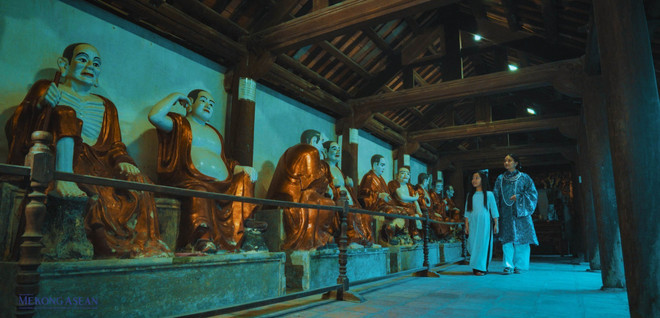
Pho Hien Relic Complex was recognized as a Special National Relic in 2014. Pho Hien Special National Relic Complex consists of 16 typical relics, namely: Xich Dang Temple of Literature, Chuong Pagoda, Mau Temple, Tran Temple, Hien Temple - Temple, Pho Pagoda, Ne Chau Pagoda, Thien Hau Temple, Vo Temple, Dong Do Quang Hoi, May Temple, Cuu Thien Huyen Nu Temple, Ba Chua Kho Temple, An Vu Communal House, Kim Dang Temple, Nam Hoa Temple.
The first place you should explore is Mau Temple, right next to Ban Nguyet Lake, Bai Say Street, Quang Trung Ward, a historical and cultural relic, a majestic and ancient architectural work, a sacred destination that tourists often visit.
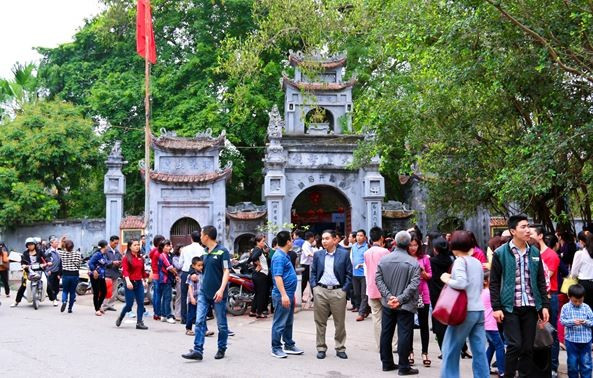
Here, visitors will be able to admire the ancient beauty of the temple and the combination of three ancient trees, Banyan, Green, and Si, over 700 years old, making the temple space even more mysterious and sacred.
Next, you will visit Tran Temple. The temple worships Hung Dao Dai Vuong Tran Quoc Tuan - a national hero, a talented politician - who made great contributions in the fight against the Yuan Mongols in the 2nd and 3rd times.
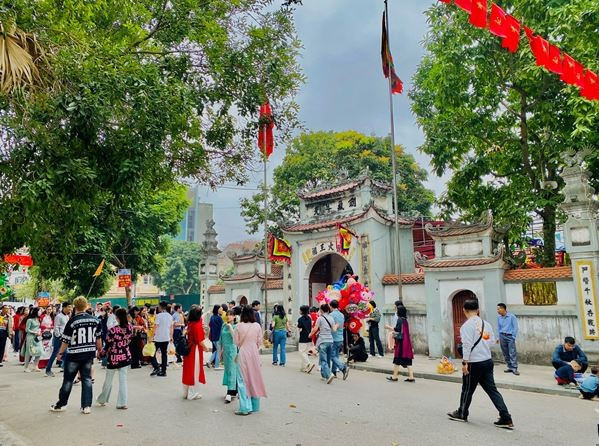
The next place to explore is Xich Dang Temple of Literature in Lam Son ward, built during the Le dynasty.
Xich Dang Temple of Literature is a symbol honoring the tradition of studiousness of Hung Yen people, a place that gathers the quintessence and intelligence, demonstrating the spirit of respecting teachers of Hung Yen people past and present.
Currently, Xich Dang Temple of Literature still preserves a number of precious artifacts, the most valuable of which are 9 stone steles recording the names of 161 scholars of the ancient Son Nam town. These are complete works of art carved with rich patterns of dragons, unicorns, and two dragons facing the moon, quite sophisticated, graceful, and meticulous to every detail.
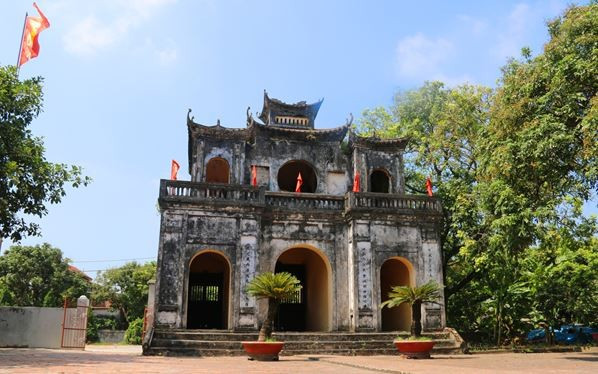
Not far away are unique relics such as May Temple and Kim Dang Temple, also in Lam Son ward.
May Temple was built during the Dinh-Tien Le period and was restored during the Nguyen period. The temple worships Pham Bach Ho - a talented general and national hero who fought to save the country. This place is also famous for the story about the sacred protection of the May Temple god.
Kim Dang Temple is a place to worship General Dinh Dien and his wife Phan Thi Moi Nuong. Kim Dang Temple has great historical value because of the system of dragon swords and eight treasures, and the wooden statues made of red lacquer and gold in the artistic style of the Nguyen Dynasty.
Your journey of discovery will not be complete without the Bell Pagoda. Because coming here means coming to the world of the Buddha's mind. The Bell Pagoda is known as "Pho Hien's number one scenic spot," not only famous for its beautiful scenery but also for its rich and unique system of Buddha statues such as the Three Jewels, the Eight Vajrapani, the Eighteen Arhats, the Ten Kings of Hell, etc.
The uniqueness of these statues is not only due to the skillful and elaborate sculpture but also the lively and flexible nuances through facial expressions and gestures. Therefore, at this temple, there still exists a quite unique folk divination method through the calculation of the year to choose the statue.
Leaving Chuong Pagoda, you will admire the beauty of An Vu communal house on the land shaped like a Phoenix. The communal house worships Thanh Hoang Cao Son Dai Vuong - a famous general under King Hung Due Vuong, who helped King Hung fight against the invasion of the Thuc army. An Vu communal house is a testament to the prosperity of Pho Hien at one time.
Next is Nam Hoa Temple, facing southwest with a Nhat-shaped structure, built during the Nguyen Dynasty. The architectural items and components of the relic are harmoniously decorated, creating a soft, graceful beauty.
The temple is a place of worship for three deities: Duc Thien Quan Dai Vuong, Duc Tho Dia Long Than and Duc Thuy Phu Dong Dinh Quan Ton Than. These are three deities representing the power of three forces in the natural world: heaven, earth, and water. They are extremely responsive, have the merit of protecting and sheltering the local people, reducing natural disasters and enemies, and bringing favorable weather and good crops.
If you want to “pray for luck and fortune,” come to Ba Chua Kho Temple. The temple is located in Dien Bien III Quarter, Quang Trung Ward.
Temple of Lady Le Bach Nuong, a loyal and patriotic beauty of the Le Dynasty. She was assigned to guard the national treasury, in charge of the treasury at Vinh Ty Don (in present-day Hung Yen City). She fought and heroically sacrificed herself to protect the treasury from falling into enemy hands.
The temple has a Chinese character architecture consisting of 3 front rooms and 3 back rooms. The temple still preserves many valuable antiques such as: 2 royal decrees of Khai Dinh era, bronze statues, silver needles, ancient porcelain vases...
Not far away, you should visit the Cuu Thien Huyen Nu Temple, located in Dien Bien II Quarter, Le Loi Ward. The temple is a place to worship Duc Cuu Thien Huyen Nu Chan Quan, who helped people in times of trouble and danger, so she was revered as a saint.
The temple has a Cong-shaped architecture consisting of 3 front rooms, 1 tube-shaped room and 3 back rooms. The structural items are relatively uniform and sturdy.
To the south is the ancient Pho Hien with the Hien communal house and pagoda relic complex, which is very attractive to tourists.
In front of Hien Pagoda, there are two stone steles erected in 1625 and 1709, recording the settlement process of the ancient Pho Hien trading port. The pagoda is also famous for its ancestral longan tree that is over 300 years old. This is a longan tree with rock sugar, silk code, thick flesh, large fruit, delicious and unique flavor, which was often offered to the King in the past. This delicious and precious longan variety made the scholar Le Quy Don exclaim: "Every time I put it in my mouth, the fragrant taste comes out from my teeth and tongue like holy water given by God."
Right next to Hien Pagoda is Hien Communal House, worshiping the village guardian spirit of Mau Duong - a eunuch named Du of the Song Dynasty.
The communal house was built in the 17th century with a magnificent architectural scale imbued with the post-Le art style.
With the Dinh-shaped architecture, five compartments, dragon-carved upper part, and the four sacred animals and four seasons carved on the beams, it affirms his great contribution and the unique beauty of this relic.
Along that road you will visit a famous scenic spot of Pho Hien, Ne Chau pagoda.
Coming to Ne Chau Pagoda, visitors can stroll in the small garden, admire the beauty of ancient architecture, the elaborate wood carvings integrated into each carving, the Tuyet Son statue, the Tam The statue set... bringing moments of serenity, looking forward to the good things in life.
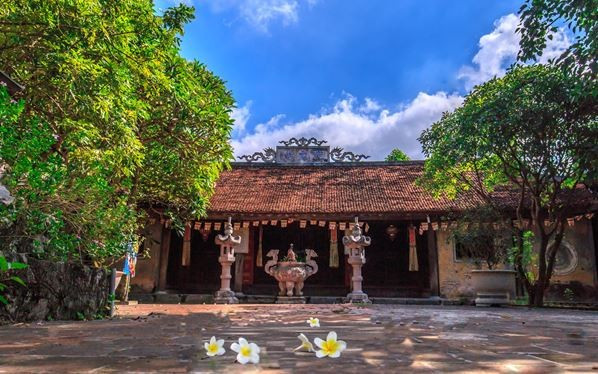
At the Pho Hien National Special Relic Site, there is a relic that is the crystallization of the cultural and architectural exchange between Vietnam, China and the West. That is Pho Pagoda, located on Trung Trac Street, Quang Trung Ward. The most prominent mark is the architecture of the Thieu Huong building, bearing the architectural features of a Catholic church with a dome-shaped roof.
In the past, Pho Hien had many Chinese families settling there, and today there are still many relics with Chinese architectural style. These are Vo Mieu, Thien Hau Temple, Dong Do Quang Hoi. These are works with strong architectural colors of Chinese culture that have been preserved intact to this day./.
Source: https://www.vietnamplus.vn/kham-pha-khu-di-tich-quoc-gia-dac-biet-pho-hien-post1023073.vnp


![[Photo] Cultural, sports and media bloc at the 50th Anniversary of Southern Liberation and National Reunification Day](https://vphoto.vietnam.vn/thumb/1200x675/vietnam/resource/IMAGE/2025/4/30/8a22f876e8d24890be2ae3d88c9b201c)
![[Photo] Chinese, Lao, and Cambodian troops participate in the parade to celebrate the 50th anniversary of the Liberation of the South and National Reunification Day](https://vphoto.vietnam.vn/thumb/1200x675/vietnam/resource/IMAGE/2025/4/30/30d2204b414549cfb5dc784544a72dee)

![[Photo] The parade took to the streets, walking among the arms of tens of thousands of people.](https://vphoto.vietnam.vn/thumb/1200x675/vietnam/resource/IMAGE/2025/4/30/180ec64521094c87bdb5a983ff1a30a4)


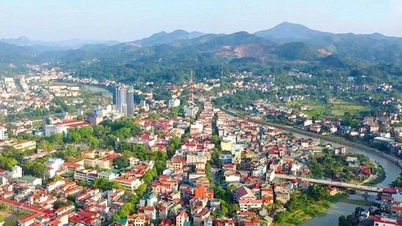

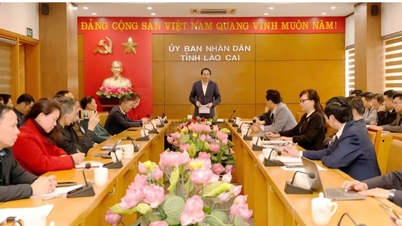

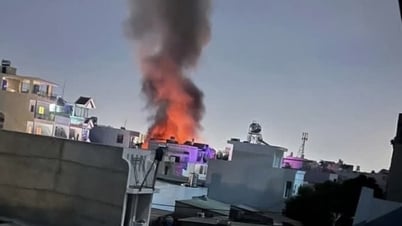







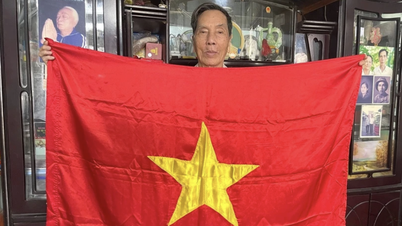

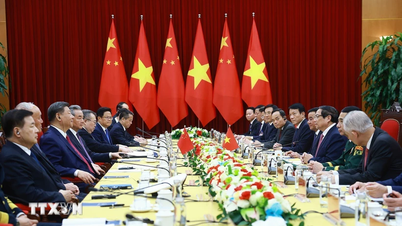

![[Photo] Performance of the Air Force Squadron at the 50th Anniversary of the Liberation of the South and National Reunification Day](https://vphoto.vietnam.vn/thumb/1200x675/vietnam/resource/IMAGE/2025/4/30/cb781ed625fc4774bb82982d31bead1e)













































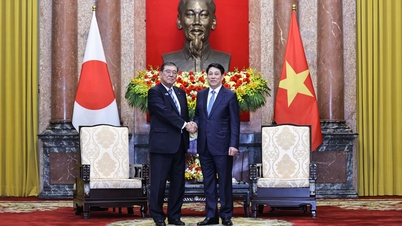

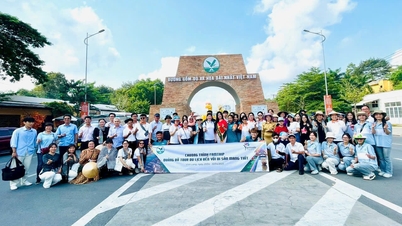

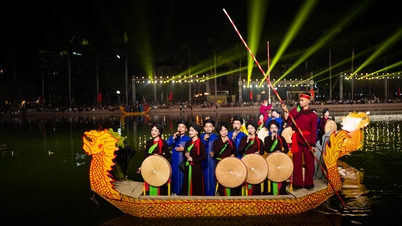

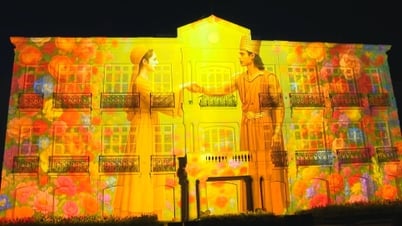
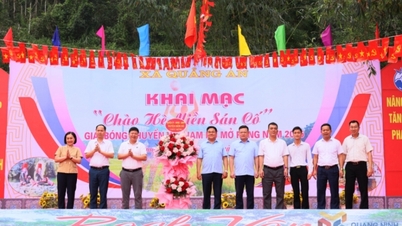

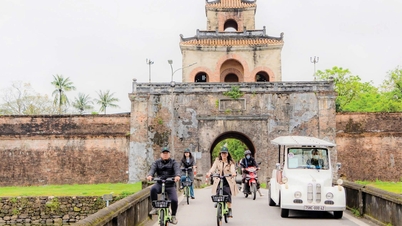














Comment (0)